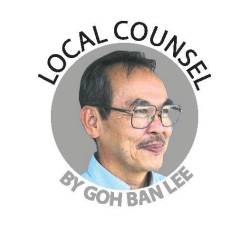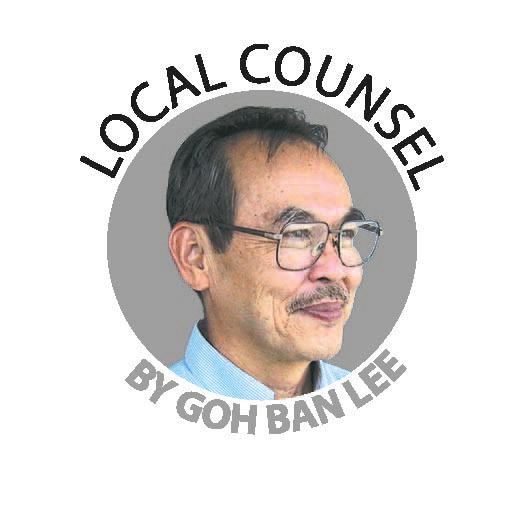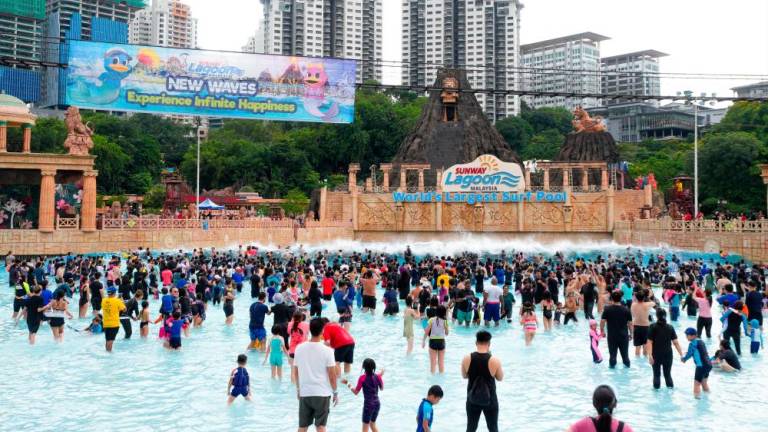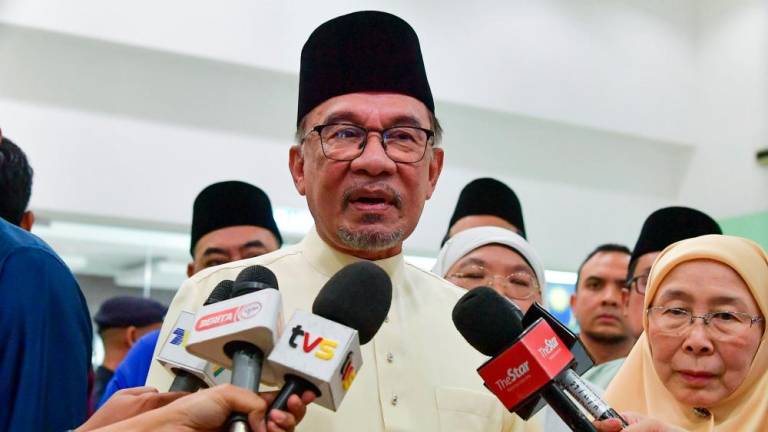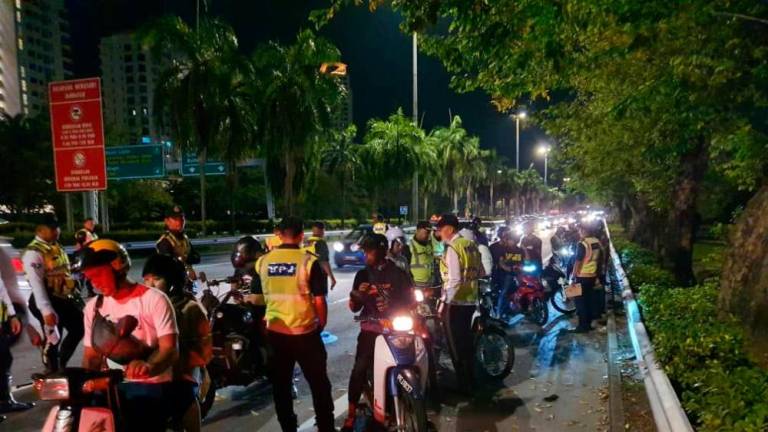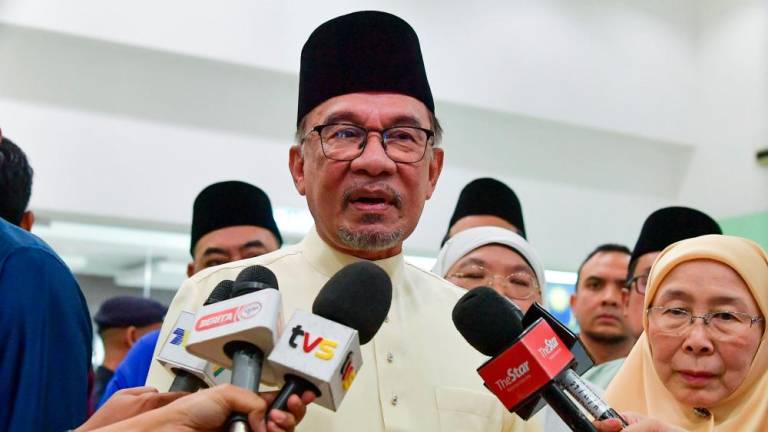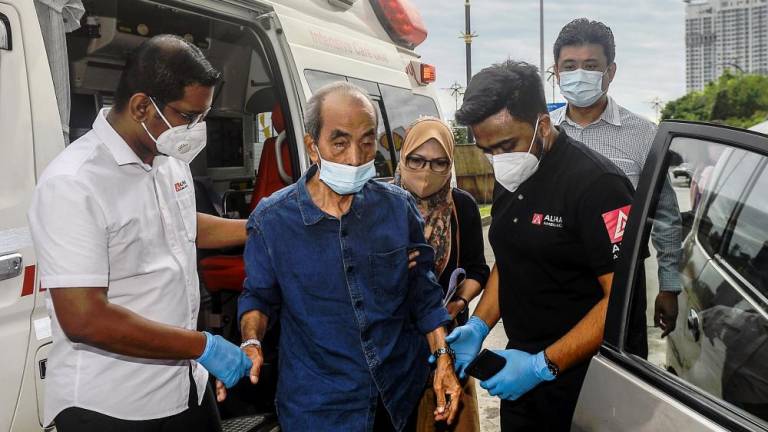SEBERANG Perai was granted city status on Malaysia Day, Sept 16. Datuk Rozali Mohamud, its new mayor, thanked the people for their cooperation and vowed to improve the city’s services in line with the aspirations and hopes of the people.
Residents should rejoice and be proud as Seberang Perai used to be regarded as a poor cousin to Penang Island in terms of development priority.
Seberang Perai with a population of 946,200 became Malaysia’s 14th city and the largest city council by area, covering 747 sq km.
The other 13 cities in Malaysia are George Town (Penang Island), Kuala Lumpur, Petaling Jaya, Shah Alam, Ipoh, Alor Star, Johor Baru, Iskandar Puteri, Malacca, Kuala Terengganu, Kota Kinabalu, Kuching and Miri.
Penang Island received its city status in 2015. However, George Town was granted city status in 1957, and is historically the first city in Malaysia. However, the local authorities for George Town and rural Penang Island were merged in 1974 to form the Penang Island Municipal Council (MPPP). It was this unified entity for the whole island that received city status in 2015 to become Penang Island City Council (MBPP). Similarly, the Seberang Perai Municipal Council (MPSP) is now officially known as the Seberang Perai City Council (MBSP).
City status is a formal concept in Malaysia. A municipality must make a formal application that is supported by the state government and the Ministry of Housing and Local Government, and should meet certain requirements as determined by the ministry. The authority to grant city status is the Yang di-Pertuan Agong, who uses his royal prerogative acting on the advice of the Cabinet.
Among the requirements listed by the ministry, the municipality should have a population of at least 500,000 people and a sustainable income of at least RM100 million. In addition, the municipality should have the ability to enforce laws and regulations and provide adequate security. It must have enough amenities and facilities such as public parks, schools and universities, and financial, commercial, and industrial centres. Cities must have good environments, advanced technology, strong social organisations for cultural activities, sports and recreational events.
The criteria tend to make municipal leaders focus on physical entities to help promote their municipalities for city status. However, there should also be considerations for intangible qualities such as civility, culture and cleanliness.
Evaluations should also consider whether the local authority practices good urban governance, with transparency, accountability, efficiency and effectiveness.
With city status for Seberang Perai, residents’ expectations will be higher and expenditures increased.
But there is set to be an injection of federal funds. As promised by Housing and Local Government Minister Zuraida Kamaruddin, there will be more housing and amenities in Kepala Batas, Nibong Tebal and Bukit Mertajam.
In addition, achieving city status is an element of pride and a selling point to attract investments. Zuraida congratulated Penang for being the only state in Malaysia to achieve full-fledged city status for both its city councils, MBPP and the new MBSP.
Seberang Perai is now the largest city in Malaysia by area. It is made up of three districts and 54 localities, covering diverse boundaries such as the historic town of Butterworth, the rapidly developing industrial and commercial hubs in Batu Kawan, and the still fairly rural areas in North Seberang Perai such as the small town of Penaga.
In the 1950s, Seberang Perai had five local authorities. As soon as the Local Government Act of 1976 was passed, the Penang local authorities were reduced to two, one on the island and the other in Seberang Perai.
Local councils play very important roles in the daily lives of their residents. The councillors and officers in smaller councils are more likely to be familiar with every nook and corner of their jurisdictions, and are often better equipped to fulfil the needs of the residents.
However, large councils are better able to coordinate more extensive urban services, such as transport systems, and to address new environmental challenges facing cities.
For example, they can oversee the distribution of green and open spaces, making sure that residents have sufficient access to parks and other “ecological services”, the benefits human beings receive from natural environments.
Already, the new city council has signed a memorandum of understanding with seven universities, non-governmental organisations, and community organisations with the aim to be a green and smart city.
Hopefully, with its new status, Seberang Perai will build on this momentum to achieve its own identity as a thriving, sustainable, and liveable city.
Datuk Dr Goh Ban Lee is interested in urban governance, housing and urban planning. Comments: letters@thesundaily.com



